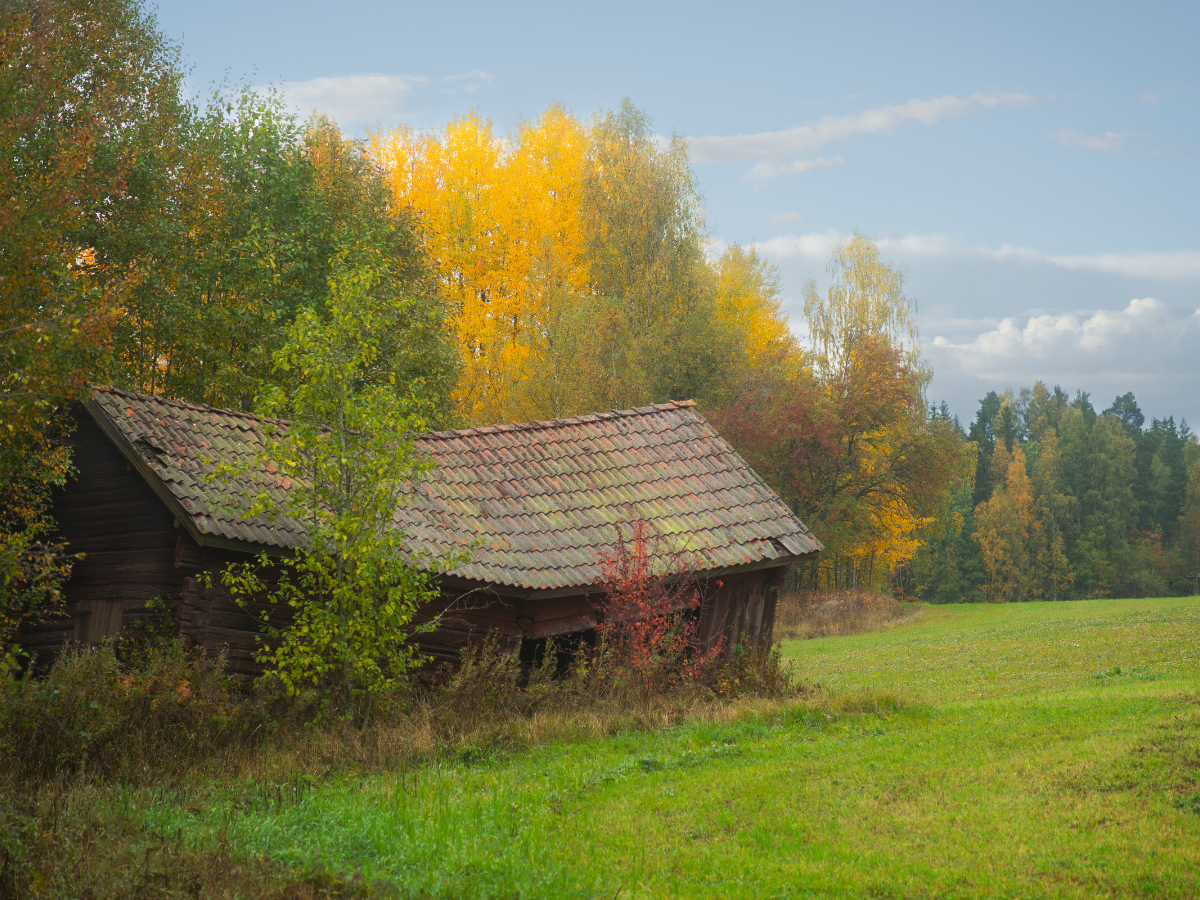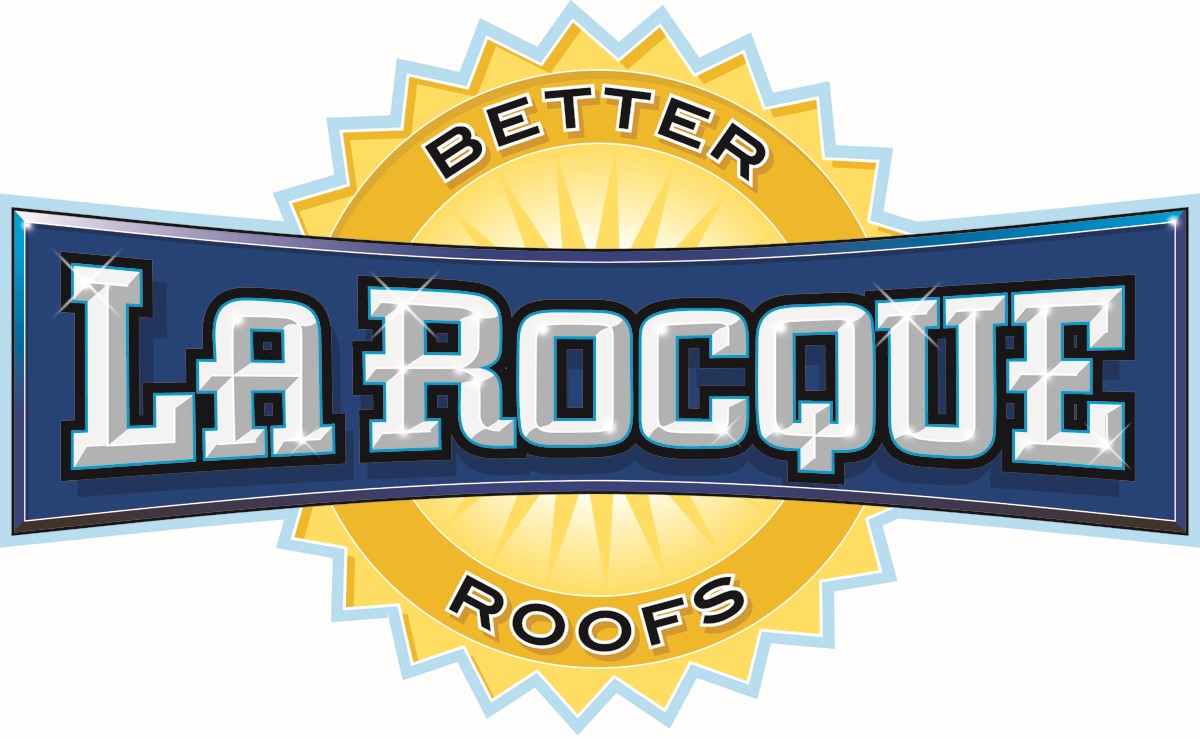A sagging roof is unsightly for curb appeal, can cause leaks and potentially decrease the value of your home. Left unchecked, it could even collapse leaving your home and possessions damaged. Find out what causes it and how you can fix it.
What is Roof Sag?
When you look at the roof line of your home or any building, it should be straight. If you notice your roof line curves, seems to dip down, or there are areas that are depressed, your roof may be sagging. Multiple reasons exist such as an aging roof that is overdue for a replacement, inadequate roof structure, improper installation, a settling house, and even environmental elements.
A Sagging Roof Caused by Poor Water Drainage
This is the most common reason for roof sag. Water tends to find its way to openings regardless of how small they may be. Water with nowhere to drain can cause leaks and wood rot in your roof structure and cause damage to the inside of your home. Clogged gutters, poorly designed drainage, damaged shingles, or an excess of debris can cause water to pool on your roof. If it’s left unchecked, it can cause major problems for your roof’s structural integrity.
Excessive Weight
Unevenly distributed weight across your roof can cause parts of your roof to dip down and cause it to sag. An excess of snow and ice can also create stress on the structural integrity of your roof. Using a plastic roof rake on easy to reach areas to remove snow can help to not to further any damage. There’s no need for your roof to go through a weight loss journey. By hiring a professional to do regular roof maintenance, you can keep your roof clear of any debris or foreign materials to keep the burden off your roof and your mind.
Incorrect Roofing Materials
Using the wrong sizing of materials such as using 2x4s instead of 2x6s in the underlying structure can create sags in your roof even if the appropriate materials are used. Using cheaply sourced materials can also cause a roof to go into disrepair before its full life expectancy. Roofers who use multiple layers of shingles or other roofing materials will also make your roof sag or make it harder to find leaks through layers of old shingles.
Improper Installation
Improper installation of joists and rafters as well as reusing old material can also cause roof sag. Your roof is an integral part of your home’s structure, and any misalignment of trusses or other roofing components will create additional issues such as leaks.

Roof Sagging Caused by Old Age
Is your roof getting close to the end of its lifespan? Even well-maintained roofs will need to be replaced at some point. Materials can start to weigh down an older roof which will inevitably lead to dips and sags in a roof. The climate will also affect the material of your roof and affect its degradation. If your roof is close to 15-20 years old or even 30 years old, then a new roof is in order.
Poor Structural Foundation
The foundation and walls are integral to your home and serve as the underlying structure. Any misalignment at this level will create problems for everything else.
Roof Sagging on Specific Areas
Is a little sagging, okay?
No. Because a roof is such an integral part of any building even a little sag or areas of depression should be inspected by a professional. Old buildings naturally have some sag and though unsightly, not necessarily a cause for alarm. This is because rather than stripping the older underlay, the newer roof is built over. Again, this should be inspected by a roofing professional. Left unchecked, this can create serious problems in the future.
How to Spot a Saggy Roof Before It Becomes a Structural Nightmare
An uneven roof line, gaps or cracks in your roofline are indicative of a roof that is no longer level. Dips, irregularities, dislodged gutters are also signs that your roof is sagging. Look at your roof line from a distance and at a different angle to counter the view from ground up. If you happen to have a flat roof, cracks and gaps on the ceiling of your home can be ways to spot a sagging roof.
Fixing a Sagging Roof
Repairs will be dependent on the extent and type of damage to your roof. Rafters or trusses may have to be replaced or secured. If there’s water damage, parts of the roof may have to be replaced and the source of the leak fixed to mitigate further damage. The best way to prevent roof sag is to have regular roof maintenance done by a professional roofer. They’ll be able to take detailed look at the root of the problem. Keep your gutters clear, your roof clear of debris and fix any minor leaks to prevent serious damage.
Other Reasons Your Roof May Be Sagging
A sagging roof is usually not the job for a DIYer due to its intricacies and safety issues. The underlying causes for roof sag are multiple. Torn or missing shingles, small openings or cracks are seemingly minor until you get a leak in your living room ceiling, ruining your personal belongings and creating health problems like mold and mildew.
A leak can be the result of various things, a roof leak just being one such as an HVAC issue or a plumbing leak.
For all your roofing needs, whether its roof sag or any other kind of roof maintenance, reroof or emergency tarping, call La Rocque Better Roofs at (833) LBR-4YOU

